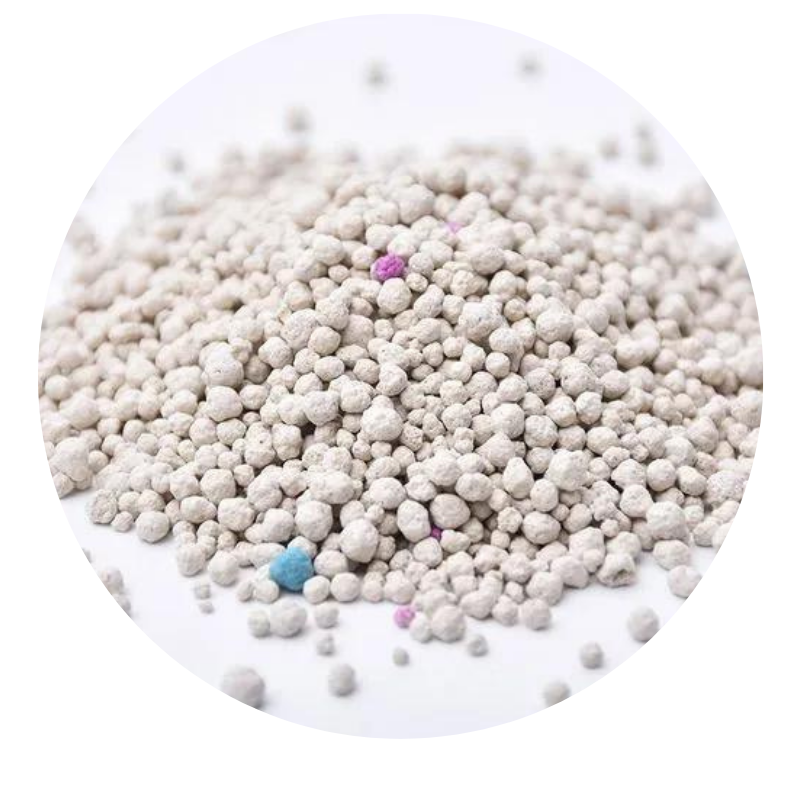
adding perlite to clay soil
Enhancing Clay Soil with Perlite A Comprehensive Guide
Clay soil, characterized by its dense texture and poor drainage capabilities, can be a real challenge for gardeners and landscapers alike. While it retains moisture and nutrients effectively, its compact nature can lead to issues such as poor aeration and root growth. To mitigate these issues and improve the overall quality of clay soil, adding perlite is an excellent solution. This article will explore the benefits of incorporating perlite into clay soil, how to do it effectively, and the positive impacts on plant health.
Understanding Perlite
Perlite is a naturally occurring volcanic glass that is heated and expanded to create a lightweight, porous material. This unique structure makes perlite an ideal amendment for soil, providing aeration and drainage while retaining moisture. The addition of perlite to clay soil can transform it into a more workable and productive growing medium.
Benefits of Adding Perlite to Clay Soil
1. Improved Aeration One of the main drawbacks of clay soil is its density, which can impede the flow of air and restrict root development. Perlite's light and porous nature creates air pockets within the soil, enhancing aeration and enabling roots to breathe more easily. This promotes healthier plant growth and improves nutrient uptake.
2. Enhanced Drainage Clay soil has a tendency to retain excessive moisture, leading to waterlogged conditions that can harm plant roots. By adding perlite, you create a more balanced soil structure that allows excess water to drain away while still retaining enough moisture for plants to thrive. This is particularly beneficial for preventing root rot and fostering a healthier growing environment.
3. Moisture Retention Interestingly, while perlite aids drainage, it also has the ability to retain moisture due to its porous structure. This means that perlite can help maintain an even moisture level in the soil, ensuring that plants have access to water without becoming waterlogged. This dual action makes it a versatile amendment for clay soil.
4. Increased Nutrient Availability Proper aeration and drainage lead to a more conducive environment for beneficial soil organisms, such as earthworms and microbes. These organisms play a crucial role in breaking down organic matter and making essential nutrients available to plants. By improving soil health with perlite, you can enhance the nutrient profile of clay soil.
adding perlite to clay soil

How to Add Perlite to Clay Soil
1. Assess Your Soil Before adding perlite, it’s important to understand the current composition and condition of your clay soil. Conduct a soil test if necessary to determine pH levels and nutrient content.
2. Choose the Right Perlite Purchase high-quality horticultural perlite from a garden supply store. Avoid using construction-grade perlite, as it may contain additives that are not suitable for plant growth.
3. Mixing Ratios A common recommendation is to mix perlite with soil in a ratio of 11 or 21 (perlite to clay soil) depending on the degree of improvement needed. For container gardening, a lighter mix may be used, while in garden beds, a higher proportion of perlite can be beneficial.
4. Incorporate Thoroughly Use a shovel or garden fork to mix the perlite evenly with the clay soil. Ensure that it is well-integrated to avoid creating layers, which could cause drainage issues.
5. Test and Adjust After mixing, assess the soil consistency. You want a well-aerated, crumbly texture. If it still feels too dense, consider adding more perlite in small increments.
Conclusion
Incorporating perlite into clay soil can significantly enhance its physical properties, leading to improved drainage, aeration, and overall plant health. Whether you're a seasoned gardener or a beginner, understanding how to enrich clay soil with perlite will equip you with the tools you need for a thriving garden. By taking this simple step, you can transform challenging clay soil into a productive and nourishing environment for your plants.
Share
-
Fly Ash Solutions Enhanced by GPT-4 Turbo | Sustainable InnovationNewsAug.01,2025
-
Natural Premium Bentonite Cat Litter - Superior ClumpingNewsJul.31,2025
-
Premium Resin Coated Sand - High Heat Resistance CastingNewsJul.31,2025
-
High Quality Silicon Carbide Grit for Abrasive ApplicationsNewsJul.30,2025
-
High-Quality Ceramsite for Plants & Gardening | Lightweight PebblesNewsJul.29,2025
-
Premium Burgundy Glass Marbles for Vases & Shooter GamesNewsJul.29,2025






